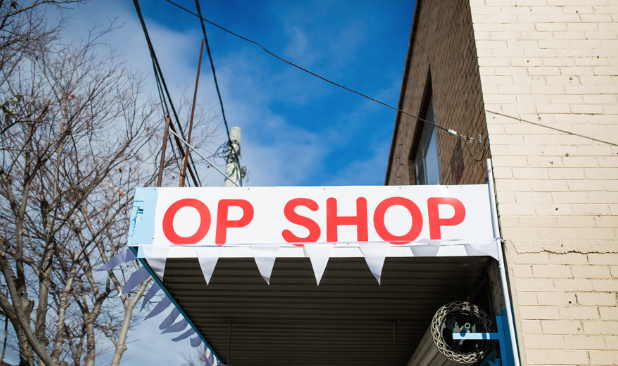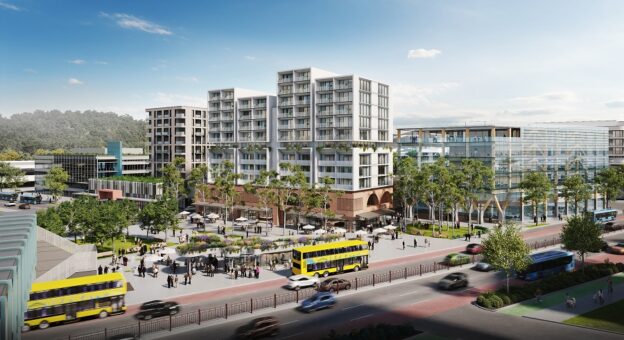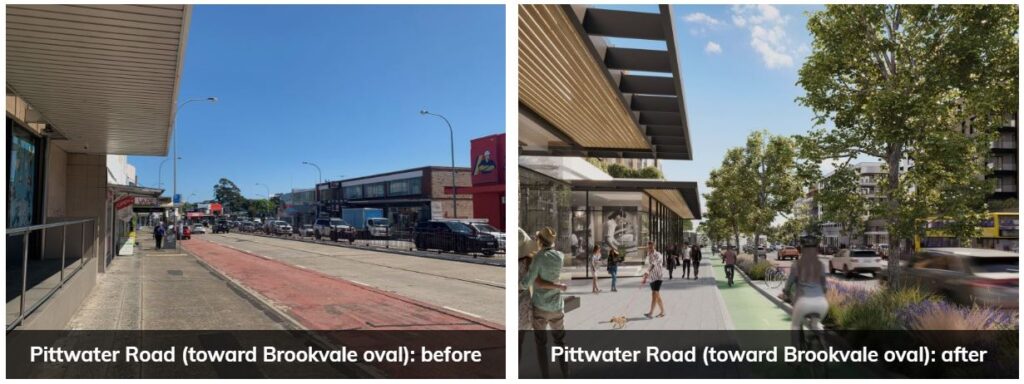A preference by Gen Z and Millennials to use text-based communications instead of a phone call could be undermining their job performance and career success, particularly in sales-based roles.
Research published in June 2023 found that an increasing reliance on modern communication technologies such as texting and email has contributed to telephobia or “telephone anxiety”, which is defined as an apprehension for making phone calls.
In fact a recent US survey found that 81 per cent of of millennials said they get anxious about picking up the telephone to make a call.
However, in commercial real estate – and indeed any form of sales or relationship-based role – text-based communications should be used sparingly as they are proven to undermine effectiveness and performance.
Whether you are canvassing for business, following up enquiries, or nurturing existing relationships, text-based communications will never be able to build the rapport and trust that a phone call can. It makes sense and is backed by science.
Phone calls are 34 times more effective than text-based communications
Two studies in 2016 and in 2008 found that emails are less persuasive and less effective in generating a positive outcome than picking up the phone.
However, this lack of effectiveness is often not fully appreciated by the communicator. The studies found that participants overestimated how effective or influential their emails would be in generating a response from recipients. This is partly because they failed to appreciate how untrustworthy their emails would be viewed as by others.
Conversely, those same people underestimated how effective and influential their in-person communications would be.
The ability of phone calls to persuade is likely because a phone call creates a stronger bond than text-based communications, something confirmed in a 2020 study by the University of Texas.
“People feel significantly more connected through voice-based media, but they have these fears about awkwardness that are pushing them towards text-based media,” the study’s co-author Amit Kumar said.
While historically, there was no alternative but to push through that anxiety and make a phone call, modern technology has made it easier and more convenient to simply send text-based communications.
However, this convenience, and modern automated sales tools that enable sending a series of automated emails or text messages over days or weeks, means that people are being bombarded with generic and impersonal text-based communications, rendering them increasingly less effective.
Furthermore, people’s fear of a telephone interaction being awkward is often overblown and once they make the call, they realise it wasn’t that bad, according to the University of Texas research.
Use the Most Effective Communication Tool
In sales especially, you should choose the communication method that will be most efficient, effective and persuasive.
And as with any habit or skill, the more you use the telephone to make calls, the easier it will become. While there will be knockbacks, no-answers, unreturned voicemails, and dismissals, you will also find receptive recipients, and be able to catch the right person in the right place and at the right time to deliver tangible outcomes, something that text-based communications will struggle to achieve.















